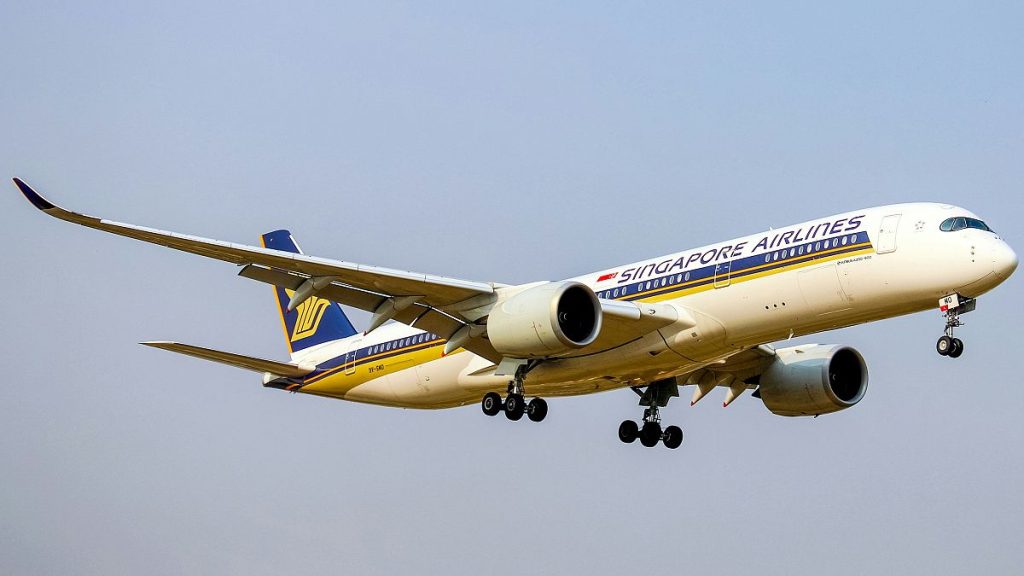Turbulence is a growing concern in the aviation industry, with recent incidents such as the severe turbulence that hit a Singapore Airlines flight from London resulting in one death and several injuries. While fatalities and serious injuries from turbulence are rare, they can be dramatic and lead to severe consequences. Injuries from turbulence are the primary cause of non-fatal injuries to passengers and crew, with several incidents reported over the years, including hospitalisations and even deaths. Flight crews are trained to deal with the effects of turbulence, but predicting and avoiding it can be challenging, especially in cases of clear air turbulence that are difficult to detect and forecast.
Climate change is exacerbating the issue of turbulence, with a recent study by meteorologists at the University of Reading in the UK finding that skies are up to 55% bumpier than four decades ago. Warmer air resulting from carbon dioxide emissions is altering the air currents in the jet stream, causing an increase in clear-air turbulence globally. Busy flight routes like the North Atlantic have seen a significant rise in turbulence, with the total annual duration of severe turbulence increasing by 55% between 1979 and 2020. Other regions, including the United States, Europe, the Middle East, and the South Atlantic, have also experienced an uptick in turbulence, necessitating improved forecasting and detection systems to prevent bumpier flights in the future.
The impact of turbulence is not just limited to discomfort for passengers, as it also poses a risk to aircraft and can lead to injuries for both passengers and flight attendants. Airlines incur significant costs due to turbulence issues, with an estimated annual cost of $150 to $500 million in the United States alone. Increased wear-and-tear on aircraft and a higher risk of injuries to passengers and crew are among the concerns raised by experts in the field. With turbulence becoming more prevalent due to climate change, airlines will need to consider how to manage the increased turbulence in the coming years to ensure the safety and comfort of passengers and crew.
Flight crews, including flight attendants who are particularly vulnerable to injuries during turbulence incidents, play a crucial role in ensuring the safety of passengers in turbulent conditions. It is recommended that passengers keep their seatbelts loosely fastened throughout a flight, as not wearing seatbelts during turbulence can increase the risk of injuries. Situations like the recent incident on the Singapore Airlines flight serve as a reminder of the importance of safety measures during flights, especially when encountering bad weather or clear air turbulence. Increased awareness and compliance with safety guidelines can help mitigate the risks associated with turbulence and ensure a safer flying experience for all.
Injuries from severe turbulence are relatively rare in the context of millions of flights operated, but the impact of turbulence incidents can be severe, as demonstrated by recent cases that resulted in hospitalisations and even fatalities. Flight crews are trained to handle the effects of turbulence, but the unpredictable nature of the phenomenon, especially in cases of clear air turbulence, presents challenges for detecting and avoiding rough air. The increased frequency and intensity of turbulence due to climate change further highlight the importance of investing in improved forecasting and detection systems to prevent bumpier flights in the future. Airlines and aviation authorities will need to adapt to the changing conditions to ensure the safety and well-being of passengers and crew members in turbulent skies.


